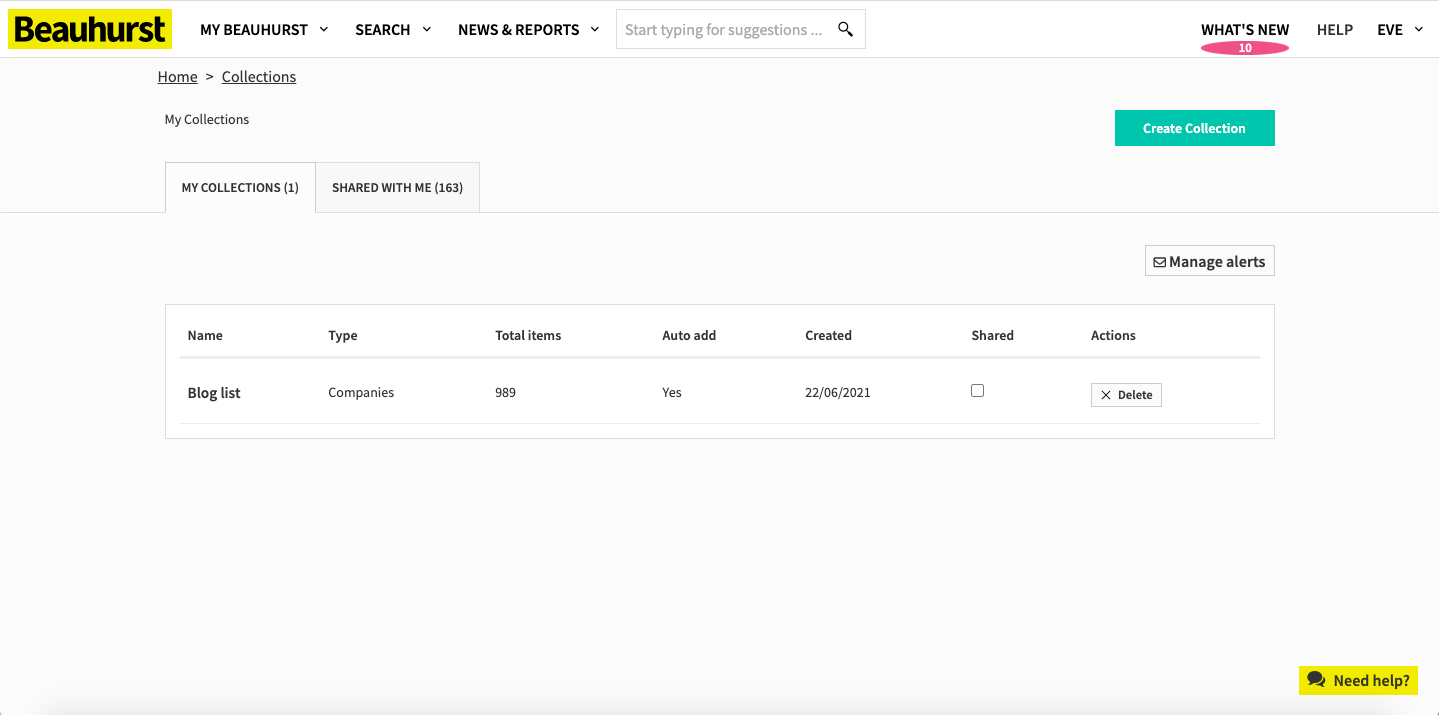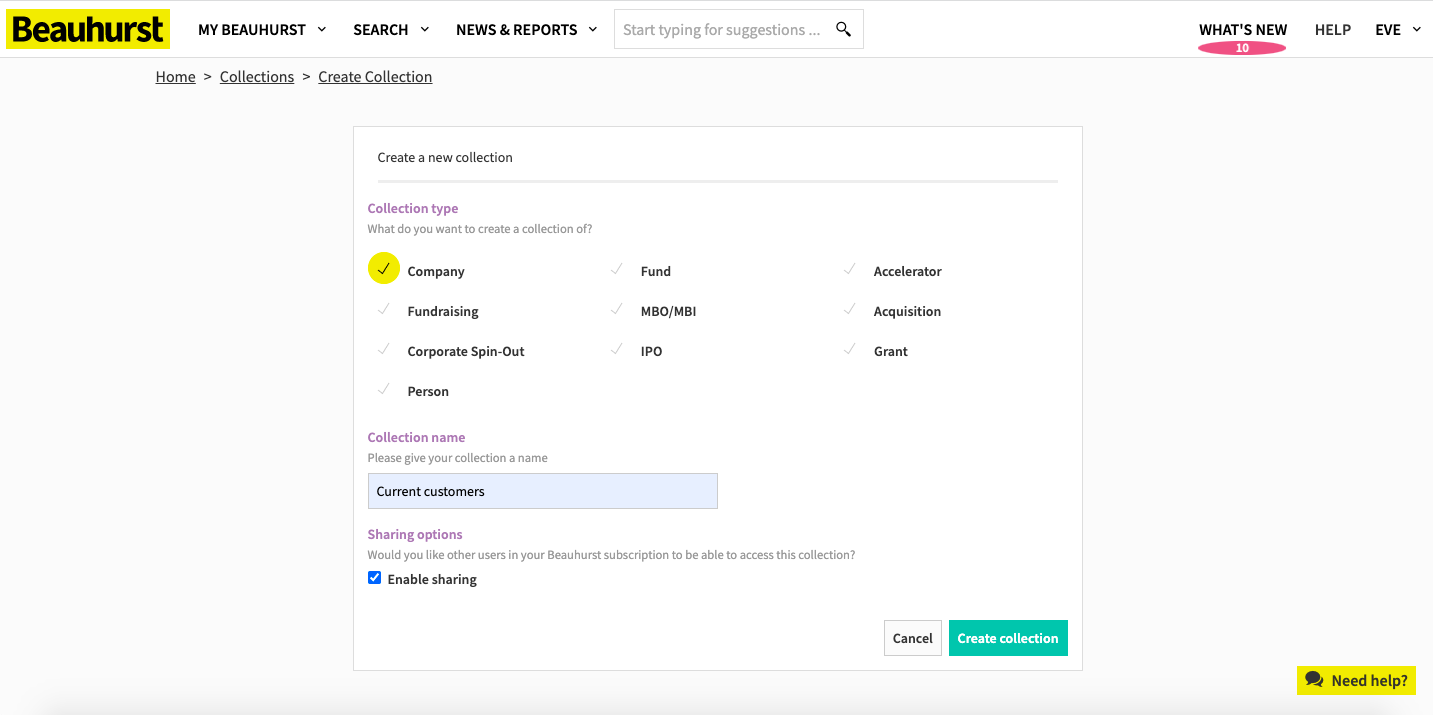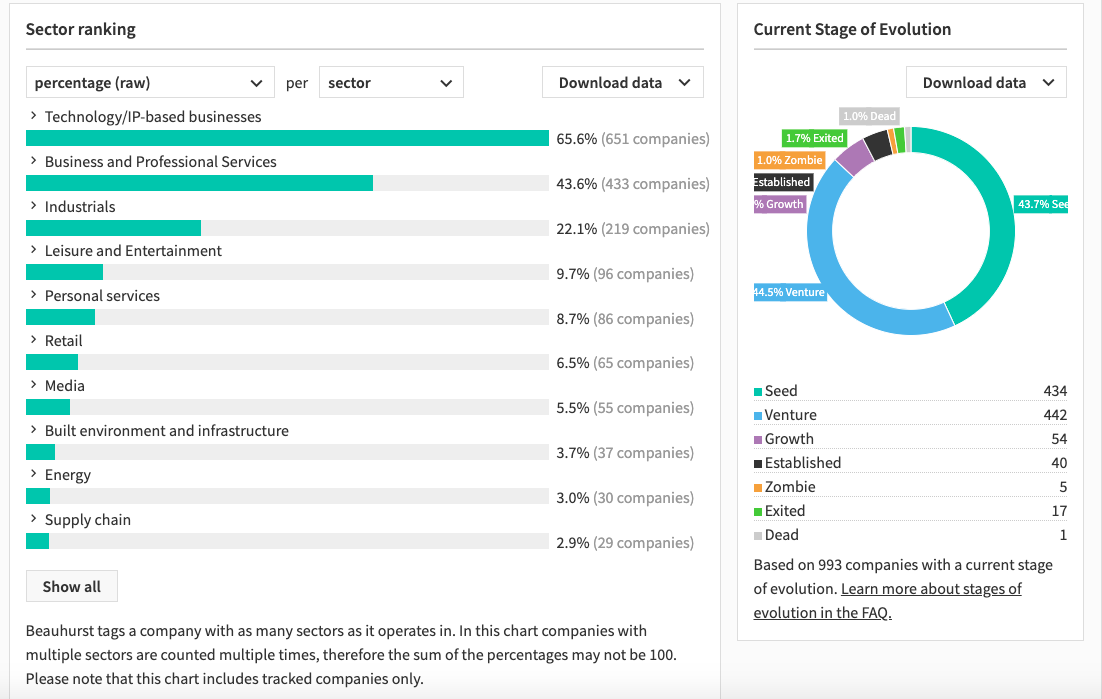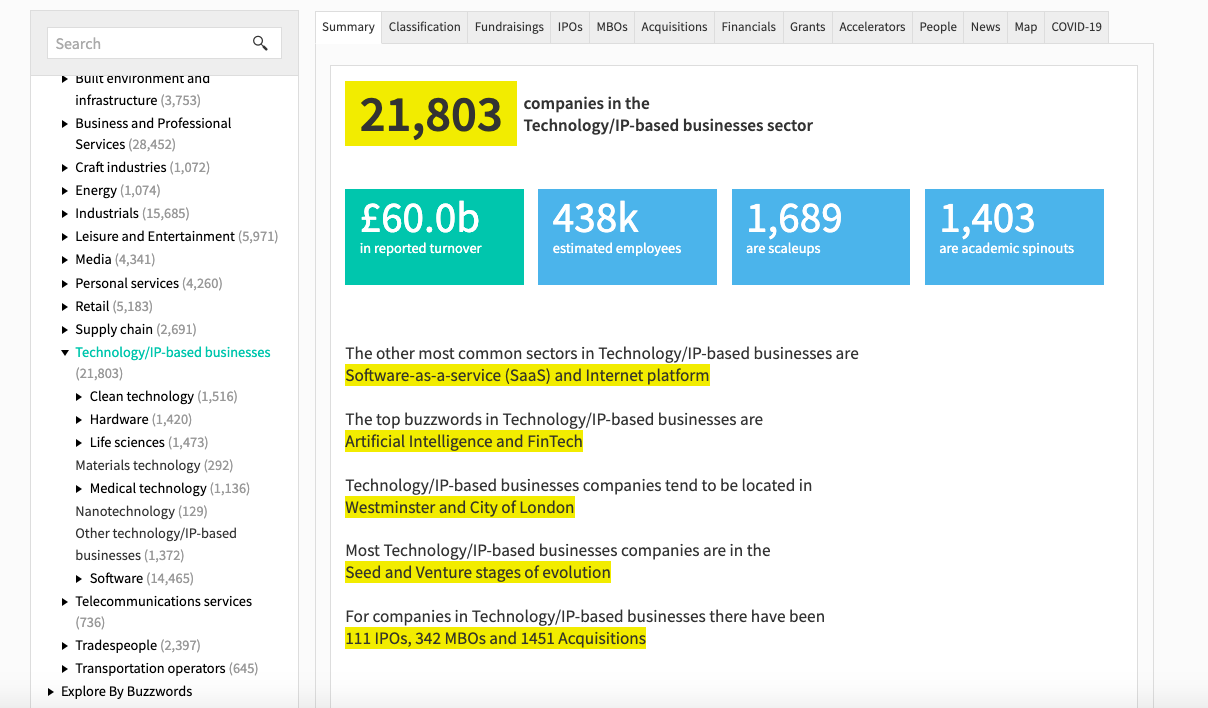How To Identify Your Ideal Customer Profile & Find Relevant Leads
Category: Uncategorized
What is an ideal customer profile?
An ideal customer profile (ICP) is a fictional representation of the type of customer that would most benefit from your product or service. For B2B companies, this customer profile will not only reflect the type of customer that would gain real value from your services, but also reflect the type of company that salespeople would ideally sell to, in order to bring in most lifetime value to the business.
The concept of an ICP fits in well with an Account-Based Marketing (ABM) approach in B2B sales, where marketing efforts are focused on specific target accounts. Within this framework, ICPs should be differentiated from buyer personas, which refer to types of decision makers that sales teams could come across when approaching these businesses. For instance, you may conclude that your ICPs are SaaS businesses, and base your buying personas within those organisations on individual attributes, such as job titles and demographics.
Why should you create ideal customer profiles?
It might be a good time to consider why identifying your ICP is going to benefit your business in the long run. In short, it’s a key part of a more focused sales strategy that will cut costs and bring in more revenue. Here’s how identifying the perfect end user for your service will work wonders for your bottom line:
Targeted sales processes are more efficient
It’s no secret that sales time and energy are valuable resources to businesses, particularly in the world of B2B, where sales cycles tend to be longer due to factors such as pricing. Potential customers, therefore, require more attention from B2B sales reps than in a B2C transaction.
Focusing on high-quality leads that are more likely to convert into sales can save a huge amount of sales resources. Ultimately, this will save your business money otherwise spent on leads that are unlikely to convert into actual sales. If successful, a sales strategy that is aiming to win over companies that resemble your ICP will generate more revenue and reduce costs in the long run—which will, in turn, mean higher profits to stakeholders.
Understanding your customer base will focus marketing messaging
Establishing an ICP will also help with earlier-stage lead generation. By better understanding your target audience, you can tailor your marketing campaigns to attract the right firmographics. For example, by identifying your ICP, instead of producing very general content on your product’s features, you can focus your messaging around specific pain points in those industries, company sizes and other metrics that define this ideal customer.
Similarly to the way in which a more focused sales strategy will improve your bottom line, so will targeted content marketing improve efficiency through better resource allocation.
Your best customers can become evangelists for your business
Apart from the main and most obvious effect on a company’s revenue, identifying ICPs, and selling to businesses that most resemble them, can result in a cohort of customers that are eager to become evangelists for your product. Customers who are deriving the most value from your product will either formally (thorough testimonials or case study collaborations) or informally (thorough word of mouth) vouch for the quality offered by your business.
Getting your customer base to resemble your ideal customer profile is also likely to result in returning customers, and thus higher lifetime value derived from those businesses. There are direct financial benefits of returning/renewing customers, primarily as it’s cheaper to retain a customer than to win over a new one, as well as having more reliable revenue streams. Indirectly, longer partnerships also tend to result in better client relationships. This can then increase the likelihood of referrals to other potential customers.
Identifying your ideal customer profile can inform future product development
Finding your ICP can also be of great help to product teams. It makes sense to tailor your product to the needs of a specific customer type that you know will make use of new developments.
And once your customer base starts to resemble your ICP, you can go directly to the source and adopt a more user-led product development strategy, by taking in direct feedback from your clients.
How to create your ideal customer profile
If it all sounds pretty straightforward so far, you’ll probably want to know how to find your own ICP. As I mentioned earlier, an ideal customer profile will be the person best fit to buy your product—in other words, likely to get the most value from your business.
In order to realise which customer segment will benefit most from your services, it’s important to consider what those benefits are. Why do your existing customers buy from you? How much of an ROI are they getting from you? What returns are you getting from them?
Step 1: Survey your existing customers
Small and medium-sized enterprises (SMEs) sometimes focus so much on selling that it’s hard to pause to take stock of current customers. In a way, the proof of the pudding is in the eating, when it comes to how valuable your product is to your existing customers: if they keep buying, they must be getting a good rate of return. But it’s important to know the extent to which your product is benefitting your customers, and the way in which they make use of it in their daily operations.
The best place to start is by getting in touch with your most loyal customers. Narrow it down to about 10, and try to understand how your product alleviates their pain points. Is it by reducing their costs? And if so, to what extent? These are questions your client success team can ask in training sessions or surveys—and will also help the customer realise just how valuable your business is to them, so they’re more likely to return!
Step 2: Find common denominators
The next step is to process this information on your existing customers, looking for key points that keep coming up in your surveys or feedback. Make a list of these, and try to group them into broader themes. This exercise is gold dust for your future marketing strategy, as you’ll be able to focus your messaging on specific solutions for your ICP.
Using Beauhurst to find fundamental similarities in your client base
Of course, finding common features between your best customers is easier said than done. It can involve pulling together a lot of data into spreadsheets, before even getting to the analysis stage. Luckily, the Upload Companies function on the Beauhurst platform makes this process a lot simpler.
Beauhurst’s Upload Companies function allows you import .csv files from your own CRM and matches them with company profiles found on our database. This means you have enriched information on your clients, which you can then analyse to learn more about your target demographics and how these can inform your ideal customer profiles. This feature can be found under the ‘My Collections’ section on the Beauhurst platform, where you can store company lists for future use.

After clicking on the top right ‘Create Collection’ button, you can name your customer list and enable sharing so that the rest of your organisation can access this collection. After uploading your customer list into this collection, you can come back to it anytime for further analysis.

Then, on the ‘Statistics’ tab, you have quick access to a dashboard that gives you a multitude of insights on your best customers. For instance, you can see which are your top industries, company stage of evolution, and headcount. And all this data can be downloaded and imported into your own reporting tools.

Marketing teams can then decide which features to select as best describing their ICPs. You’ll sometimes come across surprising attributes: for instance, you might realise that most of your startup consumer base is VC-backed, or that they’re all currently operating at similar stages of evolution.
The next step here would be to consider how much of this target market is left at your disposal once your existing clients are taken out of the equation. You can use our ‘Explore’ function to see which companies are left in your selected niche that you haven’t yet approached, as well as similar segments you could reach out to. This function can be found under our ‘Search’ menu.

Step 3: Sourcing new leads using your ICP
Once you’ve found your target customer through auditing your client list, you can now make use of your ICP to source new leads. The Beauhurst platform allows you to search through our database of over 35k companies, to generate lists of high-quality leads that fit your criteria.

Our wide range of filters makes it easy to narrow your search and focus on those companies best-suited to your product or services. All these potential leads can be saved into a collection, to be approached at the right time, using the right outreach strategy.
Keep an eye out for our follow-up article next week, where we’ll be showing you how to screen, qualify, and prioritise your leads.
Discover the UK's most innovative companies.
Get access to unrivalled data on all the businesses you need to know about, so you can approach the right leads, at the right time.
Book a 40 minute demo to see all the key features of the Beauhurst platform, plus the depth and breadth of data available.
An associate will work with you to build a sophisticated search, returning a dynamic list of organisations matching your ideal client.